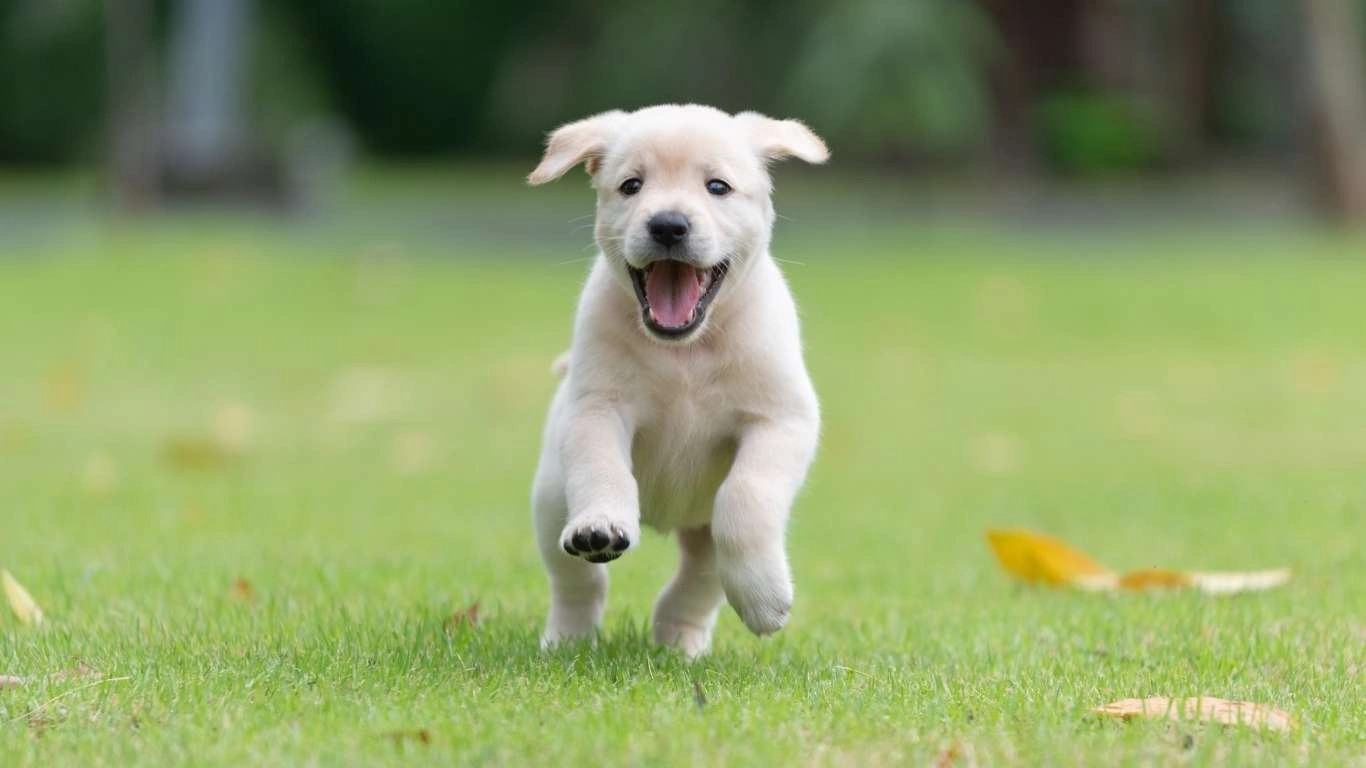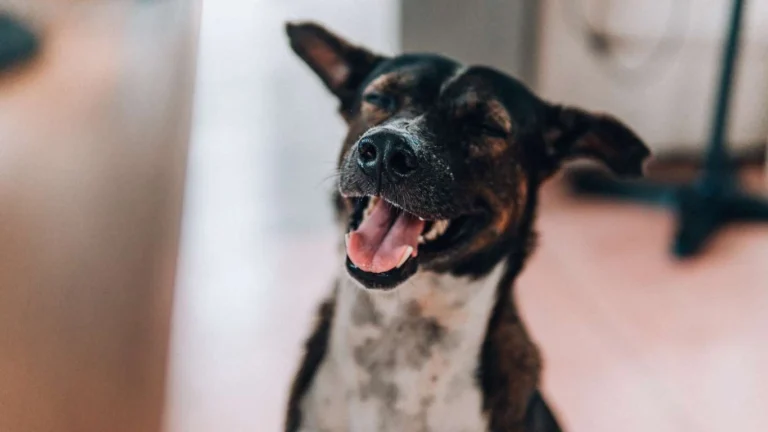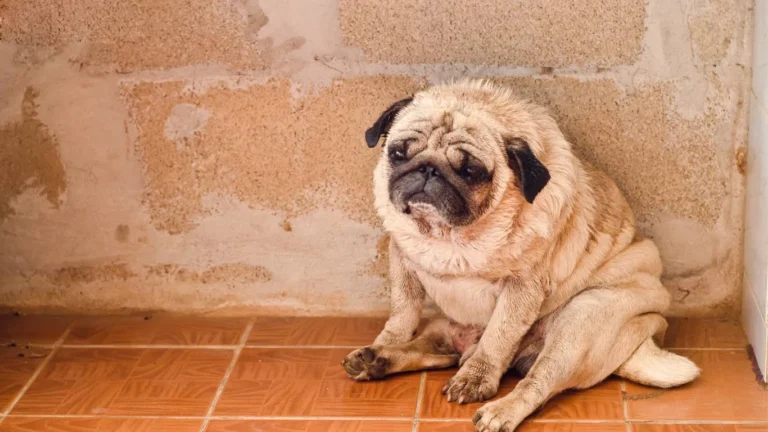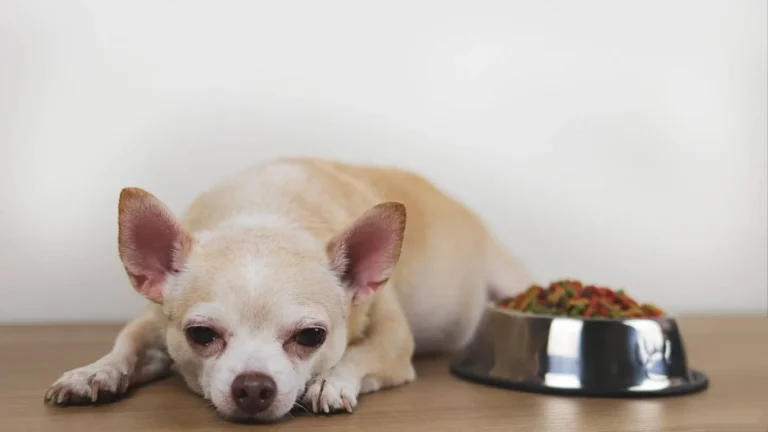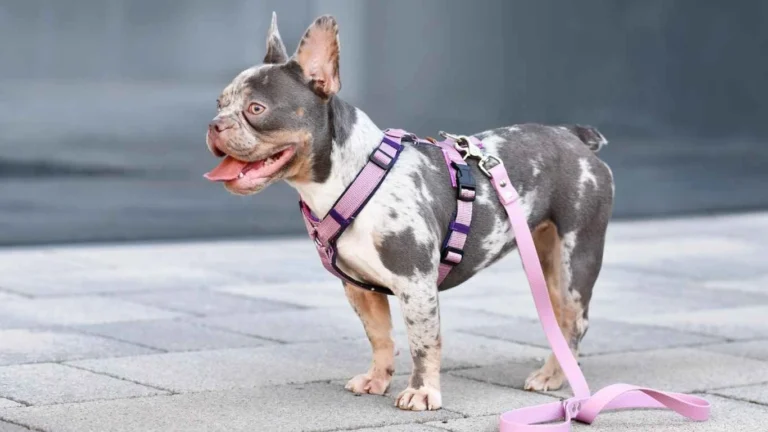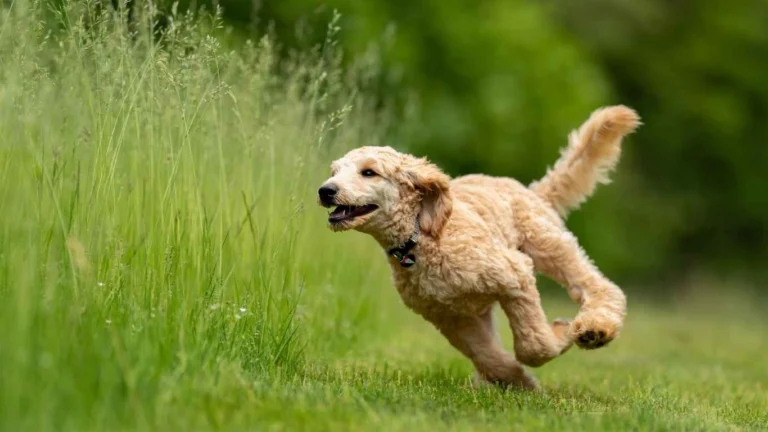Ultimate Guide: How to Prevent Dog Food Contamination at Home
As an Animal Care Specialist with years of experience working in pet clinics and shelters, I’ve seen firsthand how much care and attention pet owners need to put into their furry friends’ health. One topic that often comes up, especially for new pet parents, is how to prevent dog food contamination at home. It’s easy to overlook the potential risks when you’re simply focused on feeding your dog the best food, but contamination can happen anywhere—from the kitchen counter to the dog’s food bowl. And the consequences can be severe, ranging from digestive issues to more serious illnesses.
In this post, I’m going to share some expert tips and personal insights into keeping your dog’s food safe, fresh, and healthy at home.
Why Preventing Dog Food Contamination Matters
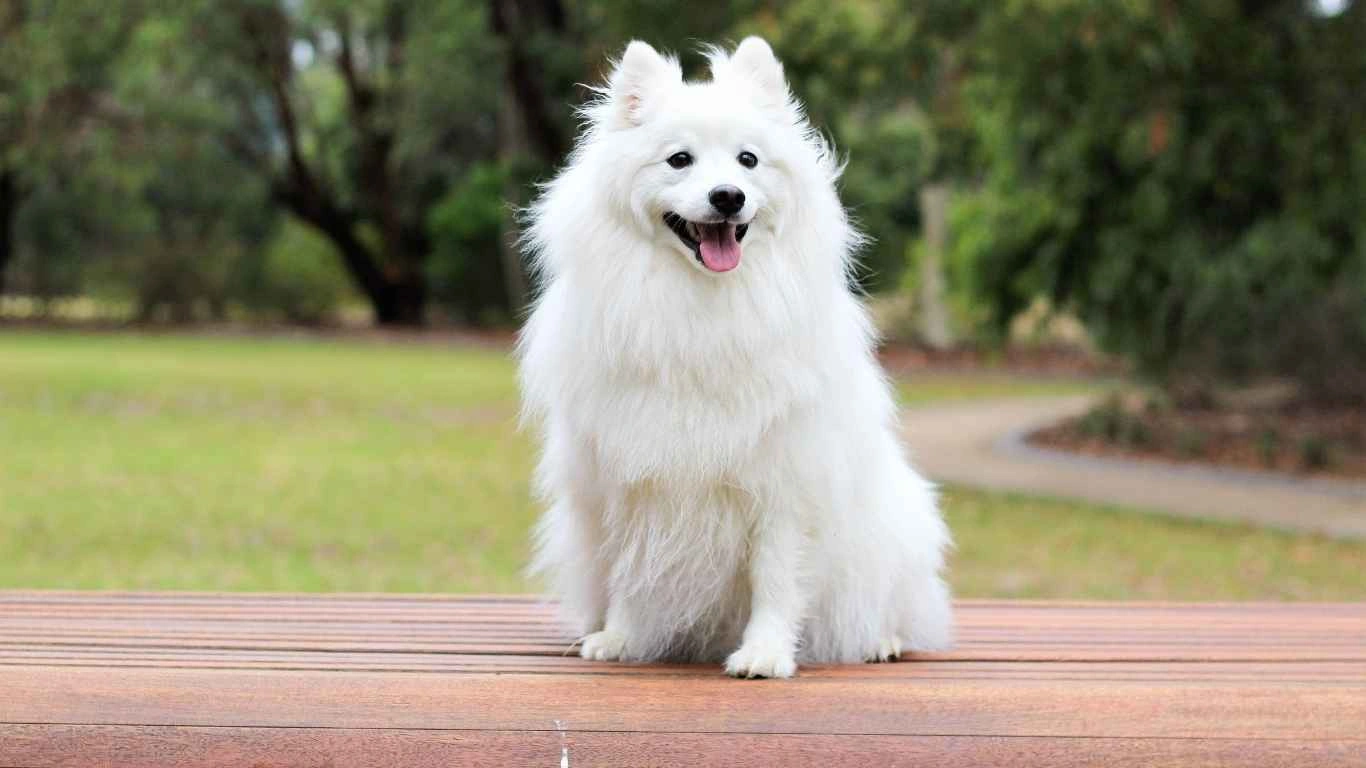
When it comes to your dog’s diet, preventing contamination isn’t just about keeping the food safe from bacteria—although that’s a huge part of it. Contamination can lead to foodborne illnesses that can make your dog sick, sometimes severely so. Just like humans, dogs can suffer from foodborne pathogens like Salmonella, E. coli, or Listeria. In addition to this, spoiled or improperly stored dog food can lead to a loss of nutritional value, which is crucial for keeping your dog in top shape.
Think of dog food like any other perishable item. If it’s not handled properly, it can degrade quickly. In the worst cases, improper storage can lead to mold or other toxins that can be dangerous for your dog. This is why keeping a watchful eye on food safety in your home is just as important as choosing the right food for your dog’s breed, size, and activity level.
1. Understanding Dog Food Contamination Risks
Before diving into the ways to prevent contamination, let’s talk about the different risks involved. You’d be surprised at how many pet owners don’t realize that food safety extends beyond simply keeping food off the floor or out of your pet’s reach. There are several different ways food can become contaminated, and understanding them is the first step in preventing issues:
- Bacterial Growth: Bacteria can easily grow in moist or warm environments. Leaving wet food out for too long, for example, can encourage the growth of harmful bacteria.
- Mold and Spoilage: Improper storage can lead to mold growth, which is not only unappetizing but also dangerous for your dog.
- Cross-Contamination: Using the same utensils for raw meat and dry kibble, or not properly washing your hands after handling food, can spread harmful pathogens.
- Expired Food: Old food—whether dry or wet—loses nutritional value over time and can go bad. This can lead to your dog not getting the nutrients they need and can even result in stomach issues.
By understanding these risks, you’re already one step ahead in ensuring that your dog’s food stays safe and healthy.
Where Dog Food Contamination Happens
Contamination doesn’t just happen in one spot—it can happen throughout your kitchen, the place where you prepare and store your dog’s food. Some of the most common areas for contamination include:
- The Food Storage Area: Whether it’s a sealed container for dry kibble or a can of wet food, improper storage can invite bacteria or mold.
- The Countertop: Many pet owners don’t realize that the kitchen countertop, where food prep happens, can carry bacteria from raw meat or dirty utensils.
- The Dog’s Food Bowl: Leftover food in a bowl, especially wet food, can quickly attract bacteria or become a breeding ground for mold.
- Your Hands: One of the most overlooked contamination sources—your hands. If you don’t wash up after handling raw meat or feeding your dog, you could transfer harmful pathogens.
Being aware of these hot spots allows you to take preventive steps that go beyond just washing your dog’s bowl every so often.
2. The Best Practices for Preventing Dog Food Contamination at Home
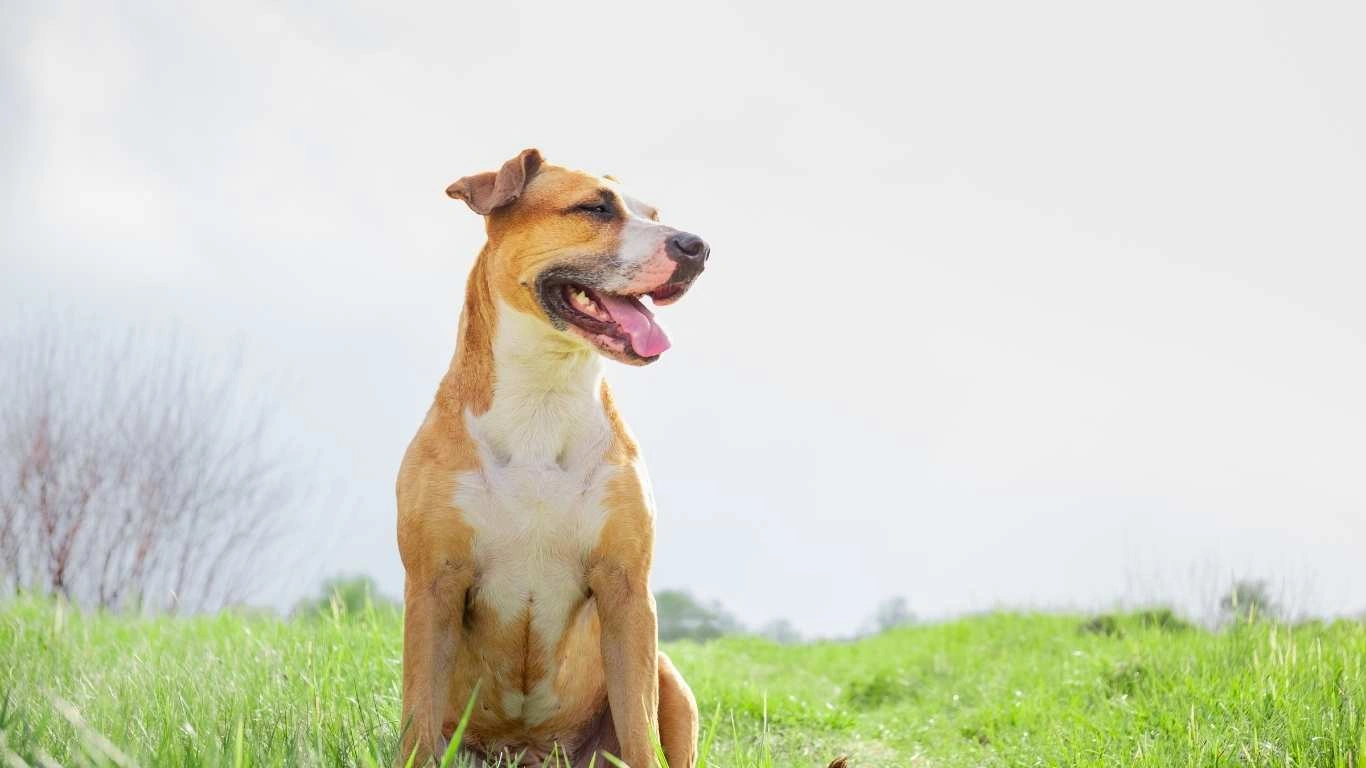
Now that you know the risks, let’s get into some best practices for preventing dog food contamination at home. These simple steps can go a long way in keeping your dog’s food safe and nutritious:
Proper Storage of Dry and Wet Dog Food
One of the easiest ways to prevent contamination is by properly storing your dog’s food. Here are a few tips that have worked wonders for me over the years:
- For Dry Dog Food: Always store dry food in an airtight container. This helps prevent exposure to moisture, which can lead to mold. Also, try to keep the container in a cool, dry place—no direct sunlight, as UV rays can degrade the food over time.
- For Wet Dog Food: If you’re feeding your dog wet food, be sure to store any unused portions in the refrigerator, in a tightly sealed container. Wet food spoils quickly, so it’s crucial to keep it chilled and use it within a few days after opening.
Be Mindful of Expiry Dates
Even though you might be in a rush to buy food, don’t overlook the importance of checking expiry dates. Old or expired food can lead to health issues for your dog, and it often contains fewer nutrients. Make it a habit to check the dates before purchasing, and always use food within the recommended timeframe.
Regular Cleaning of Bowls and Utensils
Another practice I swear by is cleaning your dog’s food and water bowls regularly. It’s easy to forget, especially if you’re busy, but bowls can be breeding grounds for bacteria if they’re not cleaned properly. Make sure to wash the bowls with hot, soapy water daily. And when preparing food for your dog, always use clean utensils.
In my experience, it’s these small daily actions that make a big difference in preventing contamination and keeping your dog’s food safe. The last thing you want is to have your dog fall ill simply because you didn’t wash their bowl properly.
3. How to Handle and Serve Dog Food Safely

Once you’ve got the storage situation in check, it’s time to focus on how to handle and serve your dog’s food. This step can easily get overlooked, but how you handle food can make all the difference in preventing contamination.
Handling Raw Meat and Fresh Ingredients
Now, if you’re feeding your dog raw meat or fresh ingredients (like chicken, beef, or even vegetables), you need to be extra careful. I’ve had some pet parents at the clinic come in after a scare where their dog had eaten something undercooked or contaminated, and it’s never a pleasant experience. So here are a few tips:
- Wash Your Hands: After handling raw meat or any food ingredient, wash your hands thoroughly. It may seem obvious, but I’ve seen more than one person skip this step, and it’s a sure way to transfer bacteria to everything you touch afterward.
- Use Separate Utensils and Cutting Boards: Never use the same utensils or cutting boards for raw meat and other dog food. Cross-contamination is one of the fastest ways bacteria can spread. I always recommend having a separate set of tools for preparing your dog’s food, and make sure they’re cleaned after each use.
- Proper Cooking and Storage: If you cook for your dog, make sure any meat is cooked thoroughly. Never feed your dog raw or undercooked meats unless you’re following a specific raw feeding regimen with expert guidance. Also, any leftovers should be refrigerated immediately to prevent bacterial growth.
With raw feeding becoming more popular, these precautions can really save you from a lot of trouble down the road. Trust me, I’ve heard horror stories of dogs getting sick from poorly handled raw food!
4. The Importance of Cleaning and Disinfecting Food Areas
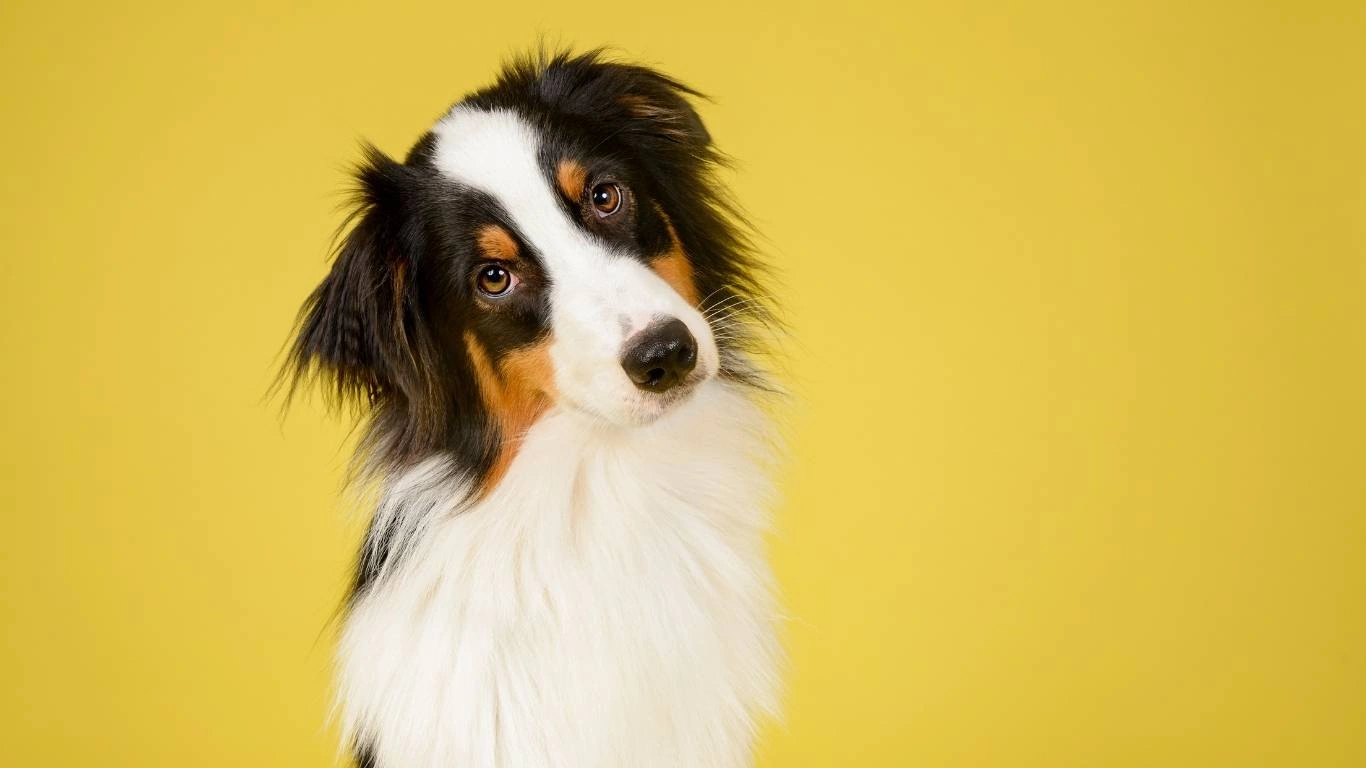
Now that we’ve covered proper handling, let’s talk about cleaning. A clean kitchen or feeding area is crucial for preventing contamination. I’ve lost count of how many pet owners I’ve seen who feed their dogs on countertops that haven’t been disinfected or washed in days. I get it—we all get busy. But this small step goes a long way in keeping your dog safe.
Regularly Clean Dog Food Bowls
We’ve already touched on cleaning food bowls, but let’s go a bit deeper into the specifics. Even if you’re just giving your dog kibble, those bowls need a regular scrub-down. I personally clean my dog’s food bowl at least twice a day—once in the morning and once in the evening. Here are some tips for keeping those bowls spotless:
- Use Hot, Soapy Water: Use hot, soapy water to clean your dog’s food and water bowls. Bacteria love to hang out in the crevices of the bowls, and if you’re not scrubbing them properly, you might be creating a breeding ground.
- Dishwasher Safe? If your dog’s bowls are dishwasher-safe, great! Toss them in the dishwasher for a thorough clean. It’s easy and efficient, and you know they’ll be sanitized at high temperatures.
- Dry Properly: Once you’ve washed the bowls, make sure they’re dried completely before refilling them with food. Damp surfaces can encourage bacteria or mold to grow.
Cleaning your dog’s food bowl regularly might seem like a chore, but it’s one of those simple habits that make a huge difference in keeping their food safe.
Wipe Down Countertops and Surfaces
Just as your dog’s bowls need regular cleaning, so do the surfaces where you prepare their food. I always advise pet owners to wipe down counters and feeding areas with disinfectant wipes or a safe, pet-friendly cleaning solution. Especially if you’ve handled raw meat or wet food, the countertop can become a hotbed for bacteria.
One trick I picked up over the years is to use a separate cleaning cloth for pet-related areas. This minimizes the risk of cross-contamination with other areas in your kitchen. And don’t forget the fridge! Clean out the fridge regularly to prevent any old, forgotten food from contaminating new supplies. A quick wipe down once a week can keep things from building up and causing trouble.
5. How to Spot Contaminated Dog Food
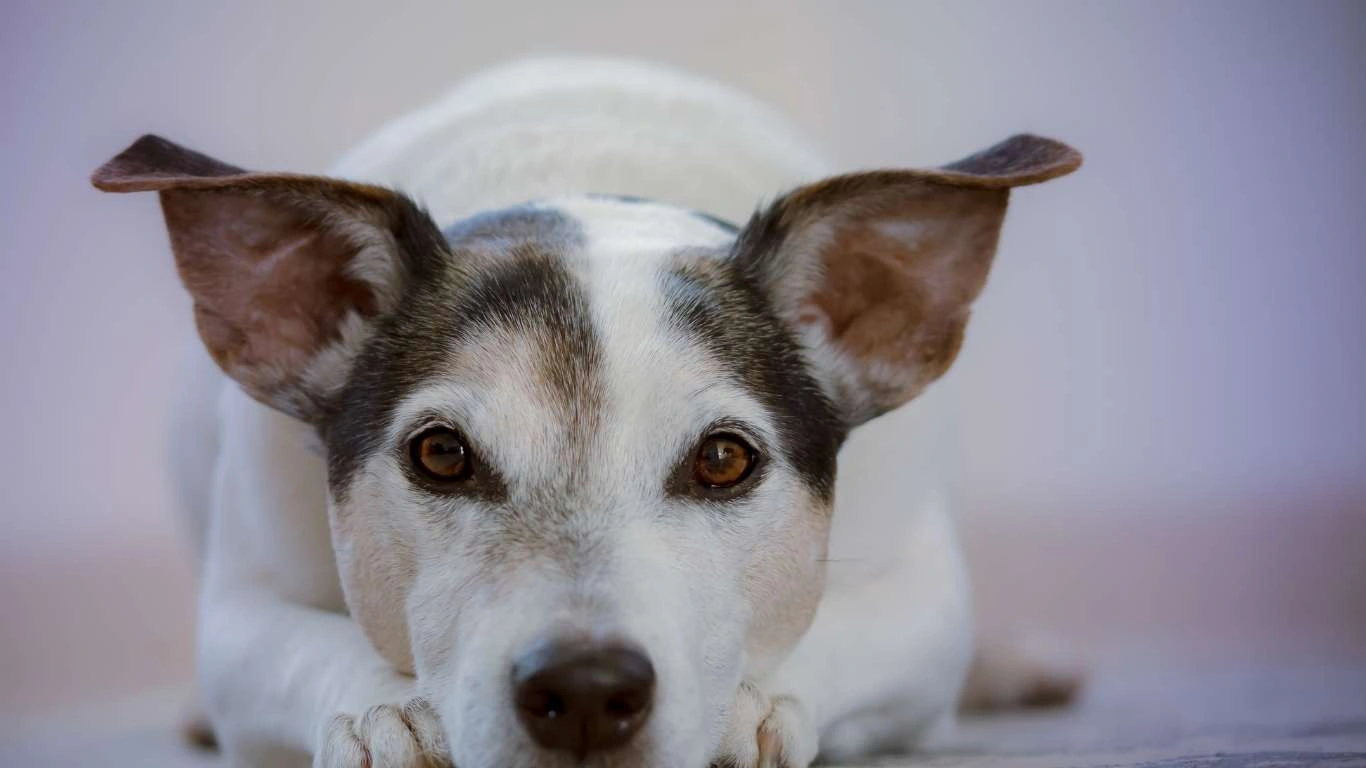
Even when you’re taking every precaution, sometimes things slip through the cracks. So how can you tell if your dog’s food has gone bad or been contaminated? Spotting issues early can save your dog from getting sick. Here are a few signs to look out for:
- Unusual Smell: If the food smells sour or off, it’s time to toss it. Fresh food should smell appetizing—not rancid or spoiled.
- Color Change: If your dog’s dry kibble or wet food changes color (e.g., brown or greenish spots appear), it could be a sign that mold is starting to grow, or the food has gone bad.
- Texture Changes: Wet food that becomes slimy or dry food that feels mushy isn’t good. A change in texture often signals that the food has been exposed to moisture or has been improperly stored.
- Separation of Liquids: If you notice that wet food is separating or there’s liquid pooling in the can or container, it’s a red flag that the food may have gone bad.
If you spot any of these signs, it’s best to throw the food away immediately. I’ve seen dogs suffer from serious stomach issues or even food poisoning because pet parents didn’t catch the signs of spoiled food in time. It’s better to be safe than sorry!
6. How to Safely Transition Your Dog to New Food
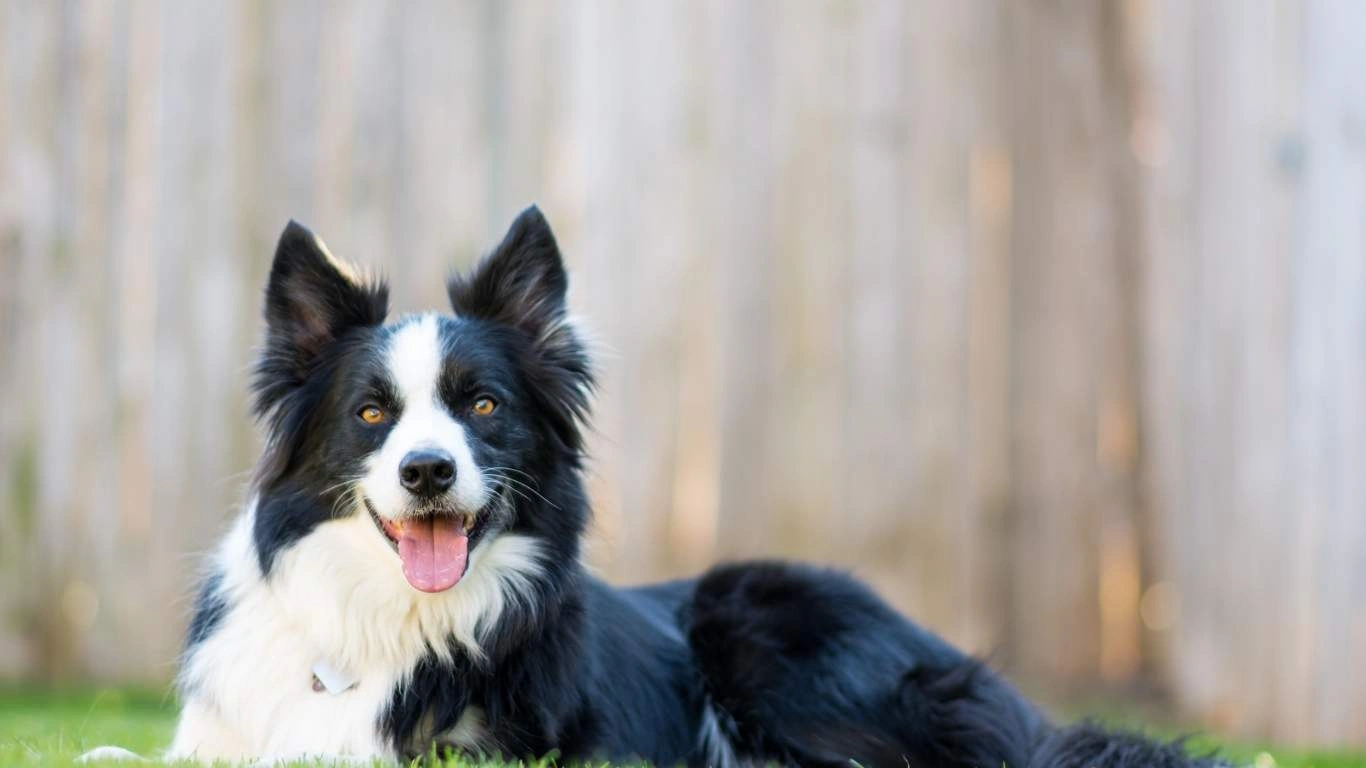
If you’ve ever had to switch your dog’s food—whether because of dietary needs or just wanting to try something new—you know that it can be tricky. A sudden switch in food can upset your dog’s stomach and potentially cause food contamination issues. But don’t worry, transitioning food safely is easier than it sounds when you follow a few simple steps. In my experience as an Animal Care Specialist, I’ve seen how many digestive problems can arise from poor transitions. Here’s how to avoid those problems:
Start Slowly and Gradually
When switching to a new food, it’s essential to start slowly. This helps your dog’s digestive system adjust without overwhelming it. Here’s the method I always recommend to pet parents:
- For the first 3-5 days, mix about 25% of the new food with 75% of the old food.
- For the next 3-5 days, gradually increase the amount of new food to 50%, while reducing the old food to 50%.
- In the final phase, gradually transition to 75% new food and 25% old food, before completely switching over.
During this process, keep a close eye on your dog’s stool, behavior, and energy levels. If anything seems off—like a loss of appetite, vomiting, or diarrhea—it may be a sign that the new food is causing issues. If this happens, slow down the transition process or consult your vet.
Choosing the Right Food
Choosing the right dog food is just as crucial as how you transition them onto it. Not all dog food is created equal, and it’s important to pick a food that meets your dog’s specific nutritional needs. Whether you’re feeding a puppy, adult, or senior dog, their nutritional requirements vary. For example, puppies need more protein and fat for growth, while senior dogs might benefit from a food that supports joint health and reduces inflammation.
When selecting food, always check for high-quality protein sources, such as chicken, lamb, or fish, and avoid fillers like corn or soy. Look for well-known, reputable brands that have a history of good manufacturing practices. Websites like PetMD and AKC offer helpful resources on picking the best food for your dog’s breed and life stage.
7. The Role of Your Veterinarian in Preventing Contamination
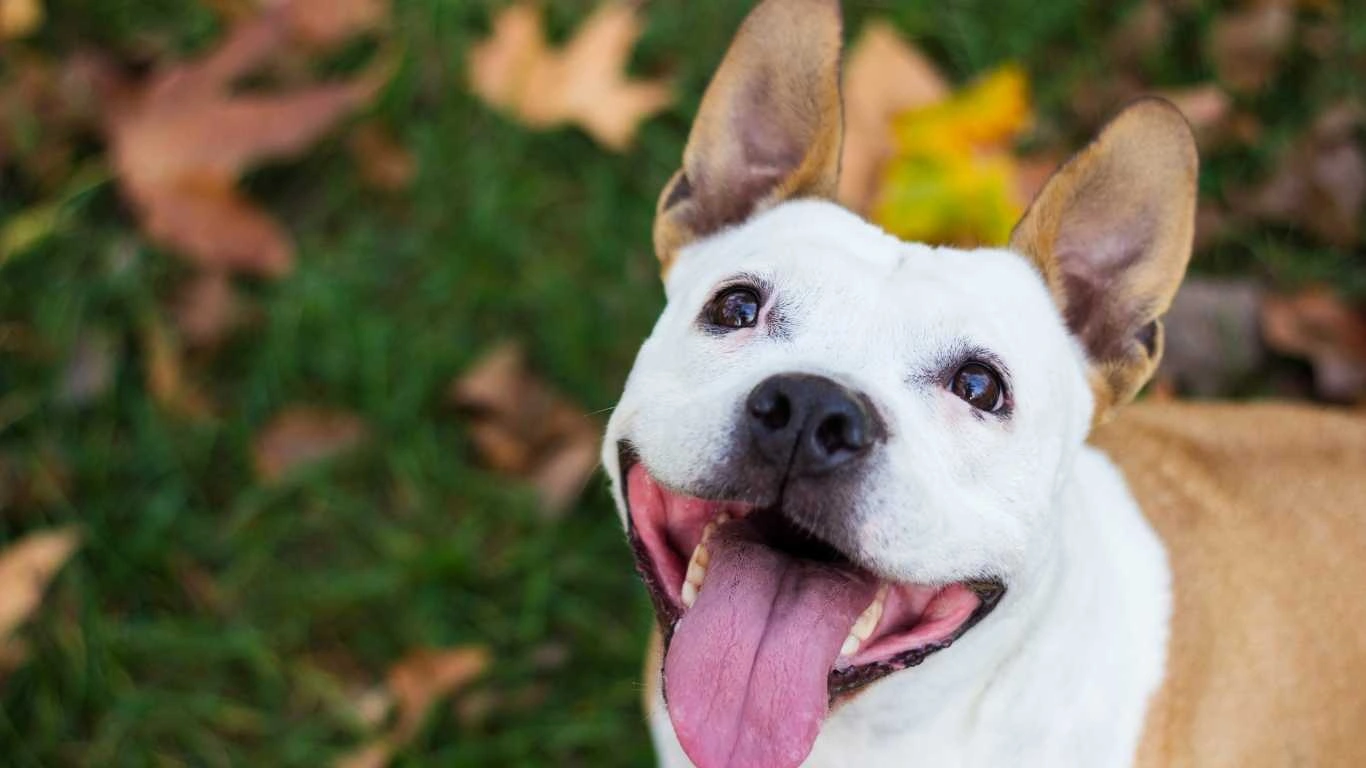
When it comes to keeping your dog’s food safe and preventing contamination, your veterinarian is an invaluable resource. They can help you determine the best food options for your dog based on their health, lifestyle, and breed-specific needs. Not only that, but they can also guide you on recognizing signs of foodborne illness and advise on appropriate food handling practices.
Regular Health Checkups
Regular vet checkups are essential in preventing and catching any food-related illnesses early. If your dog is eating contaminated food, they might show symptoms like vomiting, diarrhea, or lethargy. If these signs persist, a vet can perform tests to rule out underlying conditions caused by food contamination or poor-quality food.
In addition, if your dog is on a specialized diet, like a prescription food for allergies or gastrointestinal issues, your vet can offer personalized guidance on how to manage and safely store their food to prevent contamination and spoilage.
Vaccinations and Preventive Care
Aside from diet, ensuring that your dog is up-to-date on vaccinations and preventive care is key. Regular flea, tick, and worm treatments are critical in preventing other types of contamination that could affect your dog’s health. While it’s unlikely that these treatments will directly protect against foodborne illness, a healthy dog with a strong immune system is much better equipped to fight off any contamination that might happen.
8. Understanding the Risks of Commercial Dog Food Recalls
Even the best brands can have issues with food safety from time to time. Pet food recalls, though rare, do happen, and it’s essential for pet owners to stay informed. When a recall happens, it’s usually due to contamination risks like salmonella, aflatoxins, or other harmful ingredients that can cause serious harm to your dog.
One of the best ways to stay on top of food recalls is by regularly checking sites like FDA Animal Food Recalls or PetMD. These sites keep an up-to-date list of all recalled pet foods and provide valuable details about what to do if your dog has been affected.
What to Do If Your Dog Eats Recalled Food
If you realize your dog has eaten food that has been recalled, don’t panic. The first step is to stop feeding that food immediately. Next, check the packaging for batch numbers or any other identifying information that can help confirm whether the recalled food was the one your dog ate. If your dog shows any signs of illness—like vomiting, diarrhea, or lethargy—contact your veterinarian right away.
If your dog doesn’t show any signs of illness but you’re still concerned, it’s always a good idea to err on the side of caution and consult your vet. Most food contamination issues can be resolved with early intervention.
Disclaimer
The information provided in this article is for general informational purposes only and is not intended as medical or veterinary advice. Always consult a veterinarian for personalized care and dietary recommendations for your pet. While I’ve shared insights based on my experience as an Animal Care Specialist, it’s important to keep in mind that each dog’s needs are unique. The safety and health of your pet should always be your primary concern, and your veterinarian is your best resource for keeping them healthy and happy.
